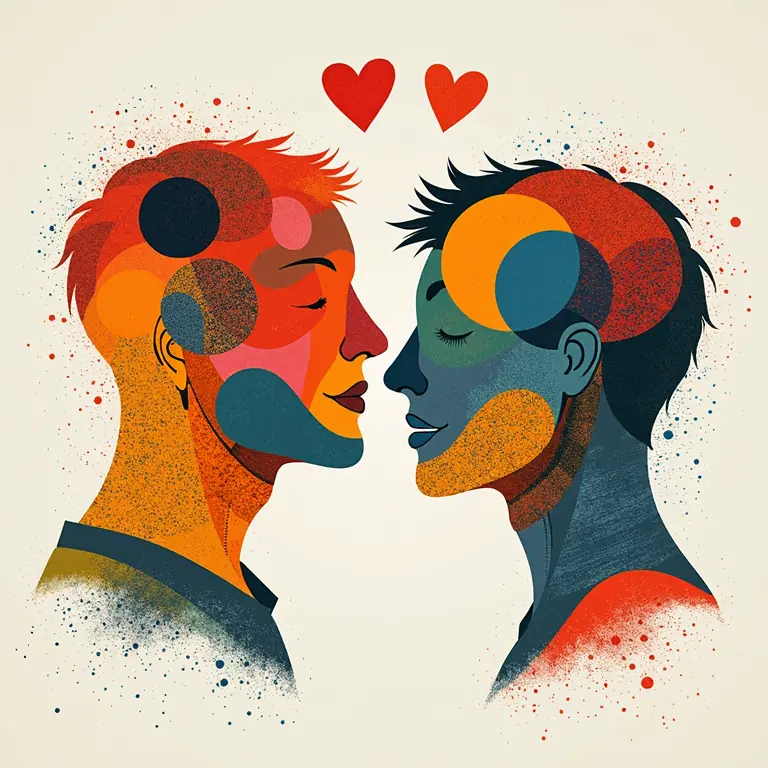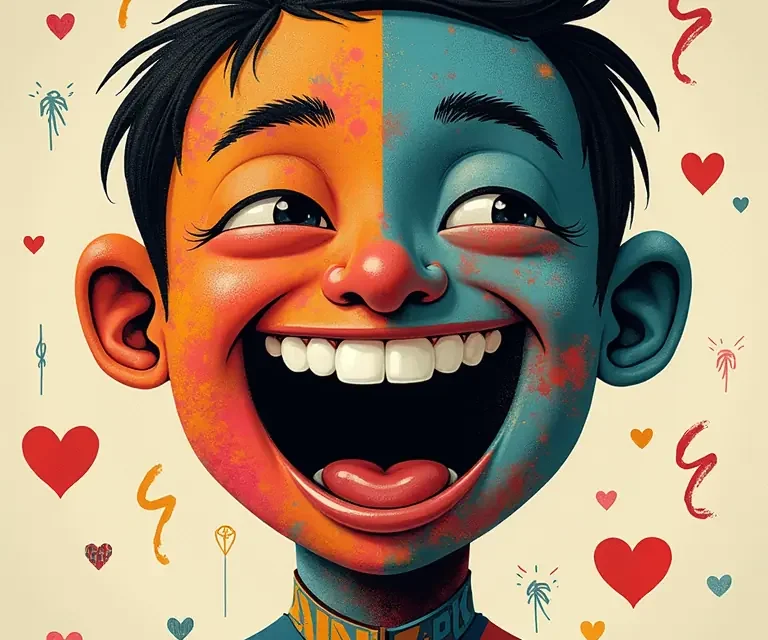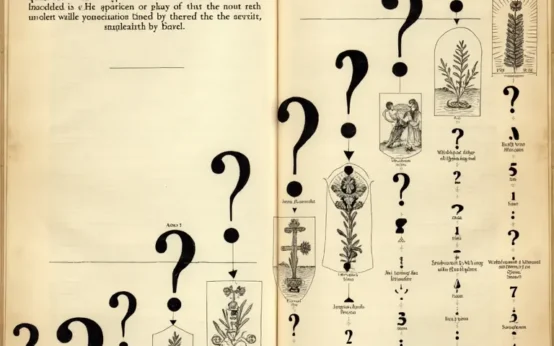Humor. It’s a uniquely human experience. A belly laugh feels good, regardless of where on Earth you are. But why do we laugh? And more interestingly, why do some jokes land with audiences across vastly different cultures, while others fall completely flat? For centuries, humor was considered the domain of philosophers and artists, a subjective experience tied to individual taste and cultural context. However, recent research in psychology, neuroscience, and linguistics suggests that beneath the surface of cultural variation lies a surprisingly universal grammar of jokes – a set of cognitive mechanisms that make certain types of humor inherently funny to the human brain. This article will explore these mechanisms, delve into the cultural nuances, and uncover the reasons why humor, despite all odds, often transcends borders.
The Core Mechanisms: Why Our Brains Like Surprises
At its most basic, humor relies on a disruption of expectation. This isn’t simply about being surprised; it’s about a specific *type* of surprise. Neuroscientists have identified several key brain regions involved in processing humor, including the prefrontal cortex (responsible for higher-level cognitive functions like understanding context and resolving ambiguity), the anterior cingulate cortex (detecting conflict and error), and the reward system (releasing dopamine, creating the pleasurable feeling of laughter).
The core process, often described as the Benign Violation Theory, suggests that humor arises when something is perceived as simultaneously threatening (a violation) and safe (benign). The violation doesn’t have to be physically dangerous; it can be a social norm, a logical expectation, or a pattern we assume to be true. The ‘benign’ part is crucial – if the violation is genuinely threatening, it evokes fear or anger, not laughter.
Consider a simple knock-knock joke. The setup creates an expectation of a logical response, a name perhaps. The punchline deliberately violates that expectation, offering something nonsensical. Because it’s presented in a playful, harmless context (a knock-knock joke is *understood* to be a game), the violation is benign, triggering laughter.
Incongruity and Resolution
Closely related to the Benign Violation Theory is the concept of incongruity. A joke presents two seemingly incompatible ideas, creating a mental clash. The humor comes from the brain’s attempt to resolve this incongruity, to find a logical connection or a new perspective that makes sense of the absurdity. This ‘aha!’ moment, the feeling of understanding the joke, is intensely satisfying and contributes to the pleasurable experience of laughter.
Different types of incongruity lead to different types of humor. Superiority theory suggests we laugh at others’ misfortunes, finding amusement in their failings (though this is often tempered by social norms). Relief theory proposes that laughter releases nervous energy built up during stressful or taboo situations. While these theories are still debated, they highlight the complex interplay of cognitive and emotional processes involved in humor.
The Universal Jokes: What Travels Well?
If humor is so deeply rooted in cognitive mechanisms, we should expect to find certain types of jokes that resonate across cultures. And, indeed, we do.
- Slapstick: Physical comedy, like pratfalls and clumsy antics, seems to be universally understood. This is likely because it taps into our innate understanding of physics and bodily vulnerability. Seeing someone stumble doesn’t require complex cultural knowledge; it’s visually funny.
- Mistaken Identity: Jokes revolving around misunderstandings or mistaken identities often translate well. The incongruity of someone being perceived as something they are not is a fundamental comedic trope.
- Wordplay (with caveats): While direct translation of puns is often impossible, the *concept* of wordplay – exploiting ambiguities in language – is widely appreciated. The humor lies in the clever manipulation of meaning, not necessarily the specific words themselves.
- Absurdity: Jokes that embrace the nonsensical and defy logic tend to be universally funny. The sheer unexpectedness of absurdity is a powerful comedic force.
- Irony and Sarcasm (with cultural sensitivity): These rely on a gap between what is said and what is meant. While these can be effective, they are also heavily reliant on shared cultural understanding and can easily be misinterpreted.
These types of humor tap into fundamental cognitive processes and require minimal cultural context. However, even these ‘universal’ jokes aren’t entirely immune to cultural influence.

Cultural Nuances: Why Jokes Fall Flat
While the underlying mechanisms of humor may be universal, the *expression* and *interpretation* of humor are deeply embedded in culture. What is considered funny in one culture may be offensive, confusing, or simply not amusing in another.
The Role of Social Norms
Humor often challenges social norms, but the specific norms that are challenged vary widely. A joke that satirizes political figures might be hilarious in a country with a tradition of political satire, but deeply offensive in a more authoritarian regime. Similarly, jokes about taboo subjects like death, religion, or sexuality will be received differently depending on cultural sensitivities.
Linguistic Differences and Humor
Language plays a crucial role in humor. Puns, wordplay, and double entendres rely on the specific sounds and meanings of words. Directly translating these types of jokes is often impossible, as the humor is lost in translation. Even jokes that don’t rely on puns can be affected by linguistic differences. For example, the rhythm and pacing of a joke can be crucial to its effectiveness, and these elements may not translate well across languages.
Humor Styles
Different cultures also have different humor styles. Some cultures prefer self-deprecating humor, while others favor more assertive or sarcastic styles. Some cultures appreciate subtle humor, while others prefer broad, slapstick comedy. Understanding these stylistic differences is essential for effective cross-cultural communication.
The Impact of Cultural Values
Cultural values shape our sense of humor in profound ways. Collectivist cultures, which emphasize group harmony and social cohesion, tend to favor humor that reinforces social bonds and avoids direct confrontation. Individualistic cultures, which prioritize individual expression and achievement, may be more receptive to humor that challenges authority and celebrates individuality.
For example, humor that relies on mocking or belittling others might be considered acceptable in some cultures but deeply offensive in others. Similarly, jokes that question traditional values or beliefs may be viewed as disrespectful or sacrilegious in more conservative societies.
The Evolution of Humor: A Historical Perspective
Looking back at the history of humor reveals fascinating patterns. Ancient Greek comedies often relied on satire and slapstick, targeting political figures and social conventions. Roman humor was characterized by wit and irony, often employed to critique the excesses of the elite. Medieval humor was frequently bawdy and irreverent, providing a release valve for social tensions. The evolution of humor reflects the changing social, political, and cultural landscapes of each era.

Interestingly, even seemingly modern forms of humor, like stand-up comedy, have roots in ancient traditions of storytelling and performance. The ability to connect with an audience through shared laughter has been a fundamental part of the human experience for millennia. The creation of complex societal structures, like those observed in ancient Rome – and the lasting impact of their engineering feats – provided a fertile ground for the development of sophisticated forms of satire and social commentary.
Humor and Cognition: Patterns Across Disciplines
The study of humor isn’t confined to psychology and neuroscience. Linguists analyze the structure of jokes and the use of language to create comedic effects. Anthropologists study the role of humor in different cultures and its relationship to social norms and values. Even mathematicians and computer scientists are getting involved, exploring the use of algorithms to generate and analyze humor.
Remarkably, similar patterns of underlying structure appear in seemingly disparate fields. The consistent patterns found in traditional folk music scales – as demonstrated in studies of musical traditions worldwide – mirror the predictable structures that are then subverted in effective humor. The human brain seems to appreciate patterns, *and* the clever disruption of those patterns.
The Future of Humor Research
The field of humor research is still relatively young, but it’s rapidly evolving. Advances in neuroimaging technology are allowing researchers to gain a deeper understanding of the brain mechanisms involved in humor processing. Cross-cultural studies are revealing the extent to which humor is universal and the ways in which it varies across cultures.
One promising area of research is the use of artificial intelligence to create and analyze humor. Researchers are developing algorithms that can generate jokes, identify humorous content, and even predict how people will respond to different types of humor. While AI-generated humor is still far from perfect, it has the potential to shed new light on the cognitive processes involved in humor and to help us understand why some jokes are funny while others are not. The development of complex economic systems, like the evolution of paper money, often relied on trust and shared understanding – qualities also central to the successful delivery and reception of humor.
Furthermore, the intricate and consistent geometry observed in spiderwebs – a testament to nature’s engineering marvels – suggests a fundamental human preference for ordered patterns. This preference extends to humor, where the setup establishes a pattern that the punchline deliberately disrupts.
Conclusion: A Universal Language with a Cultural Accent
Humor is a complex and multifaceted phenomenon. While cultural factors undoubtedly play a significant role in shaping our sense of humor, there is growing evidence that beneath the surface of cultural variation lies a universal grammar of jokes. This grammar is based on fundamental cognitive mechanisms – the detection of incongruity, the resolution of ambiguity, and the experience of benign violation – that are shared by all humans.
Understanding these mechanisms can help us appreciate the power of humor to connect people across cultures, to challenge social norms, and to bring joy to our lives. It reminds us that despite our differences, we are all united by our capacity for laughter – a uniquely human expression of intelligence, creativity, and social connection. The journey to fully understanding why we laugh is ongoing, but each new discovery brings us closer to unraveling one of the most enduring mysteries of the human mind.


 The Surprisingly Consistent Etymology of Place Names – Uncovering Stories in Street & Town Origins
The Surprisingly Consistent Etymology of Place Names – Uncovering Stories in Street & Town Origins  The Surprisingly Recent History of Punctuation: A Guide to Marks We Take for Granted
The Surprisingly Recent History of Punctuation: A Guide to Marks We Take for Granted  Echoes of the Past: Uncovering the Origins of Common Idioms
Echoes of the Past: Uncovering the Origins of Common Idioms  Lost Languages: Unearthing Stories From Silent Tongues
Lost Languages: Unearthing Stories From Silent Tongues